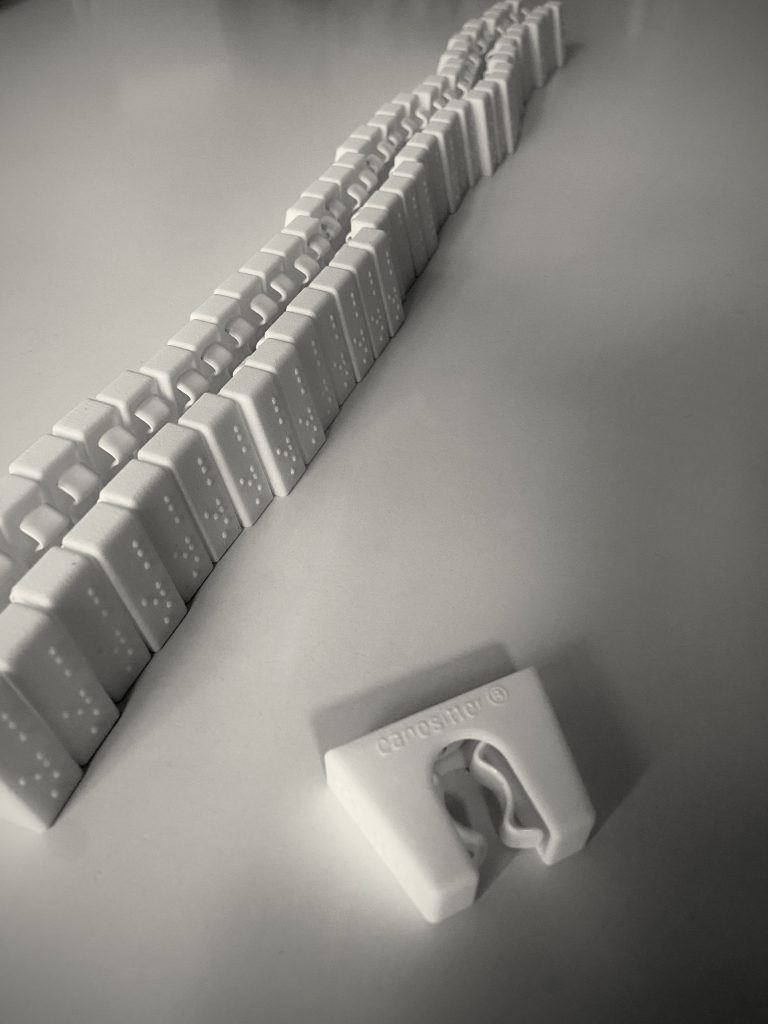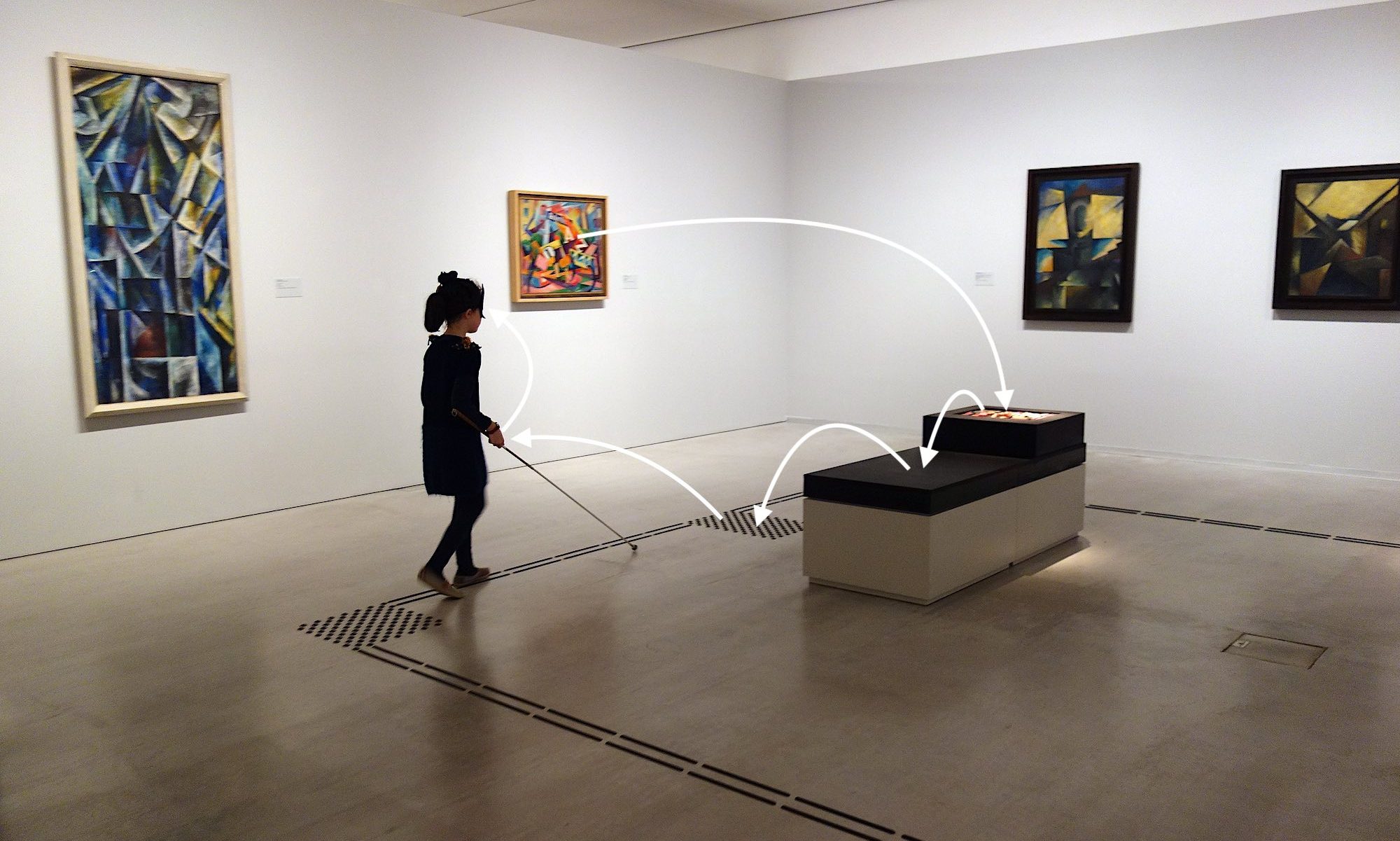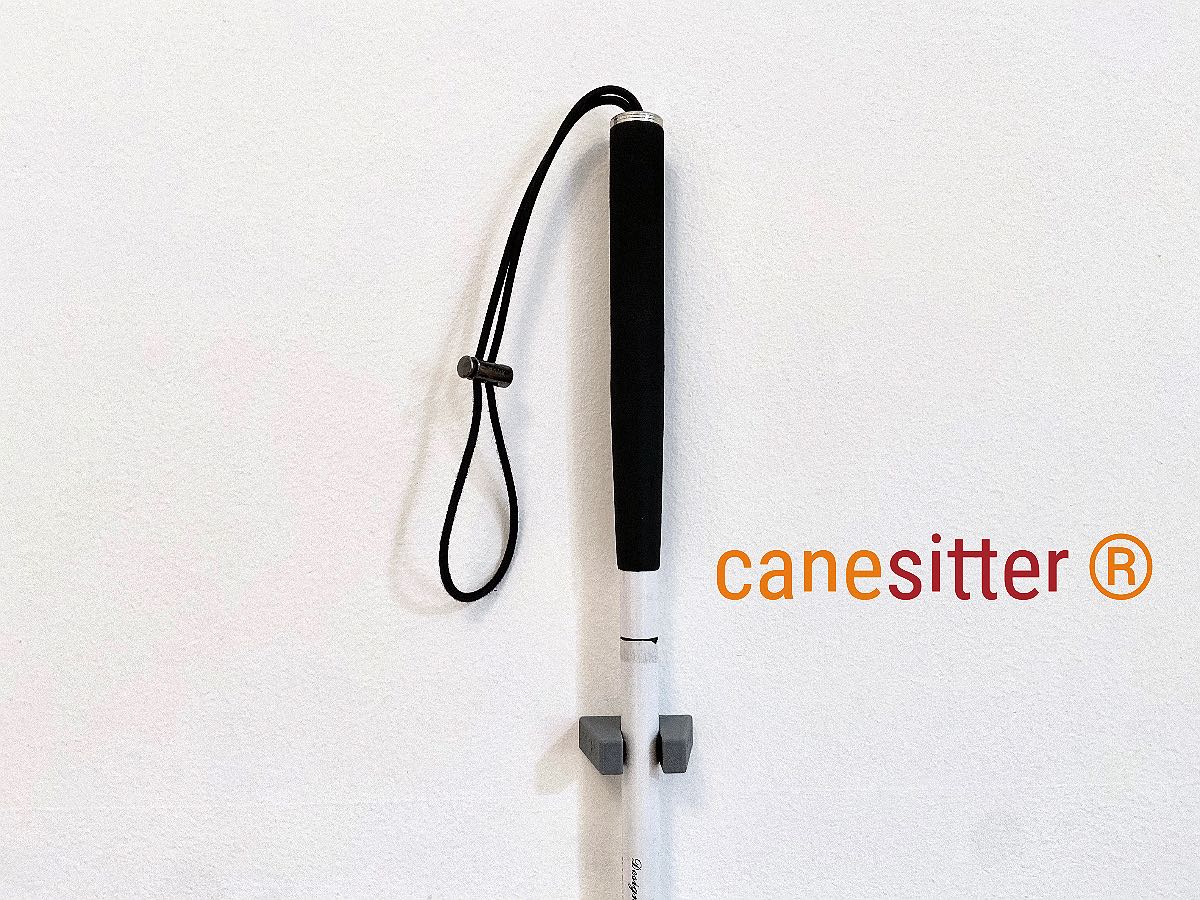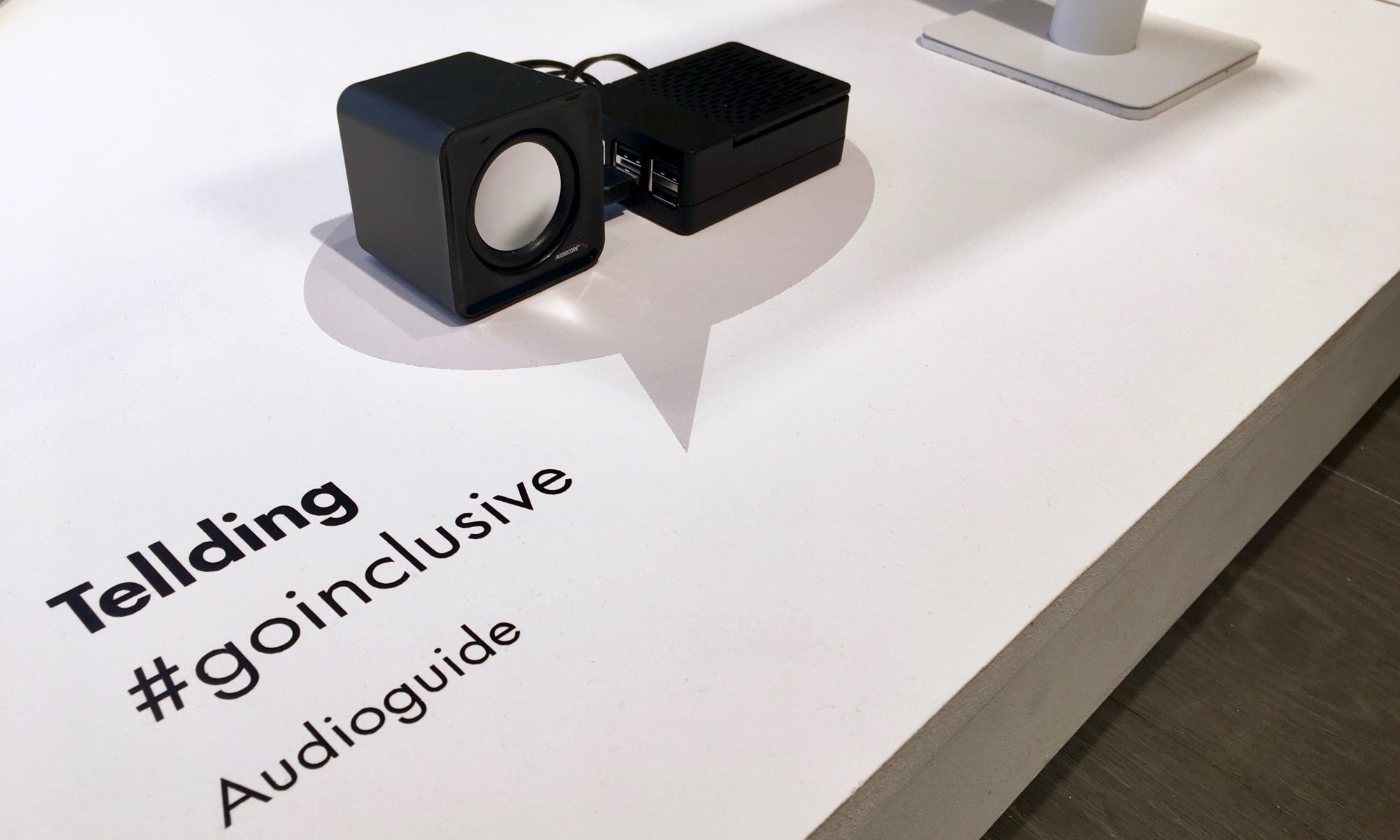An exhibition should be a multimedia experience and accessible to all. No complex installations will be made and no app or devices are necessary.
The TellDing® system, developed by me, reverses the technical bring and is exactly for this reason extremely interesting and without alternative for certain applications!
The task:
An object should 1. be able to be found only by hearing (in the dark or for blind visitors:inside).
2. the object should identify itself and provide audio or video.
The users do not need 3. a device or an app.
Use cases:
The exhibits in the exhibition are recorded.
A door, an elevator, the stairs, the toilet – i.e. the destination guidance.
The room text or ambient sound should be played.
The visitor does not need the guide or the smartphone in his hand. The intelligence is in the device at the exhibit or at the POI (such as doors, elevator, room text). It recognizes what it should offer him/her on the basis of an element carried by the visitor on the lanyard.







